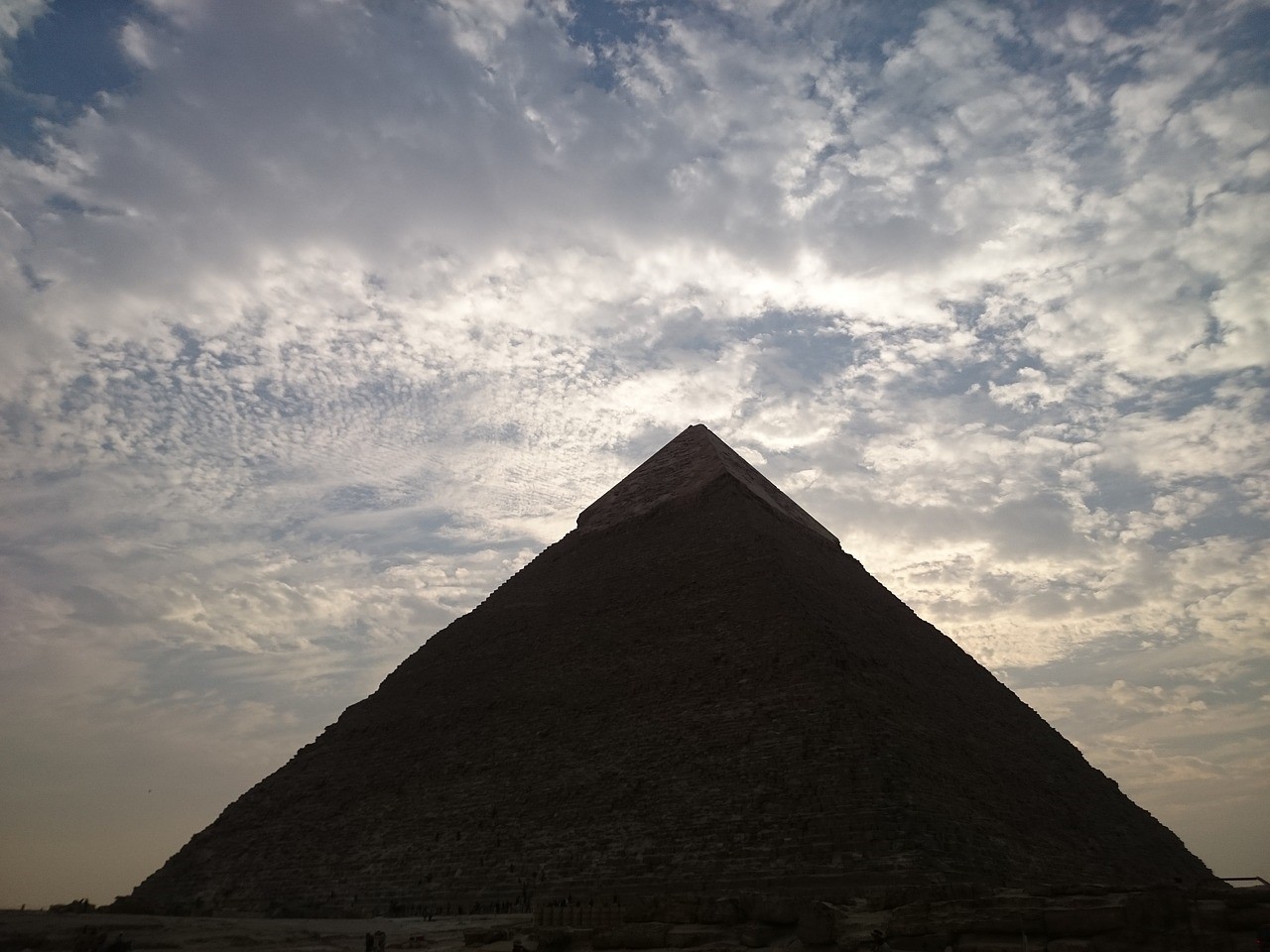
By Heather Hamilton, contributing writer
After discovering a large cavern inside the Great Pyramid of Giza last month, researchers from the University of Cairo’s Faculty of Engineering in Egypt and France’s HIP Institute were faced with a difficult problem — how exactly might they access the void?
Previously, a custom exploration robot explored a chamber by drilling a small hole large enough for a camera to see in. Now, Inria and CNRS are working with the ScanPyramids project to develop an exploration robot that can fit through a hole only 3.5 centimeters large. In an interview with IEEESpectrum, Inria senior researcher Dr. Jean-Baptiste Mouret said that they chose the size of the hole as a compromise — to minimize damage while still allowing an appropriately equipped robot to fit through. The robot would unfold and inflate itself, explore, and then deflate and evacuate.
The robot is actually two robots. First, a tubular model with an omnidirectional camera would enter the hole and sends back high-resolution photographs. Then, a robot blimp would follow, inflating with helium and unfolding to a diameter of 80 centimeters. Complete with lights, cameras, and navigation systems, the robot blimp would explore the chamber and then dock, deflate, refold, and exit.
The team began exploring ways to make their robot, acknowledging problems with 3D-printing small parts. “We started with our Ultimaker 2 3D printer because it was faster than machining and 3D printing allows us to make highly complex shapes,” wrote Mouret. “But it was very hard to get small parts right. We recently bought a Form 2 3D printer, which is amazing for small and complex parts. Our prototypes are now much better and we can print new parts several times a day.”
The team had to search out highly specialized sensors because of size requirements for the blimp because the blimp itself cannot weigh more than 50 grams because of the helium volume of the envelope. The robot is also unable to use a GPS because it operates inside. After reaching out to the Institut des Sciences du Mouvement, the team identified two sensors for the project — a miniature optic-flow sensor capable of operating in low light and the HyperCube, which does active market tracking in a small package.
Currently, they’re exploring options for the inflation, deflation, and folding process necessary for the robot. Mouret says that, outside of archaeology, the robots may have applications in nuclear inspection or post-disaster assessment and other fields that have yet to be identified, though he anticipates a variety of uses.
Mouret believes that the team has a good prototype for the first robot, though the blimp robot will require additional work.
Sources: ScanPyramids, IEEE Spectrum
Image Source: Pixabay
Advertisement
Learn more about Electronic Products Magazine





